
A large state with a small population
This state in the northeast of Germany boasts castles, lakes and Germany’s longest coastline. In 2024 it will be hosting the Day of German Unity.
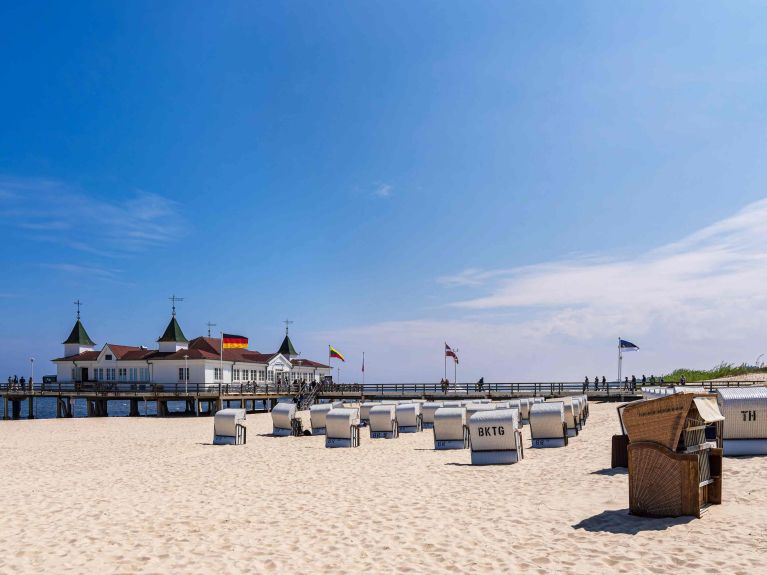
Mecklenburg-Western Pomerania is the sixth-largest of Germany’s 16 federal states. Located in the northeast of the country and bordering Poland, it covers an area of roughly 23,174 square kilometres. And yet it is extremely sparsely populated - by German standards, at least: the state has a total population of 1.6 million inhabitants, not even half as many as Hamburg. Its population only marginally exceeds those of the small state of Saarland and the city state of Bremen. This doesn’t mean it isn’t beautiful, however: its capital Schwerin is famous for its many lakes, the city’s impressive castle being situated on an island in one of them. In 2024 it was named a World Heritage site by UNESCO.
MV, as locals like to abbreviate the long name of their state (Mecklenburg-Vorpommern in German), has a predominantly rural character, with large forested areas and a great many lakes and rivers - not to mention its long Baltic Sea coastline. So it’s hardly surprising that it has the most national parks in its territory: three of Germany’s 14 national parks are to be found here. The economy relies mainly on the service sector and agriculture, though tourism is also important, especially along the state’s 2,000 kilometres of coastline and the islands of Rügen, Hiddensee, Usedom, Ummanz und Poel.
Four top tourist destinations in Mecklenburg-Western Pomerania
Mecklenburg-Western Pomerania and its history
The history of Mecklenburg-Western Pomerania is relatively young. During the course of the Middle Ages, various principalities emerged in the region, including those of Mecklenburg and Pomerania. After the Second World War there was briefly an area called Mecklenburg-Western Pomerania. Being part of the German Democratic Republic (GDR) at the time, the territory the state covers today was split up into three administrative districts. It was only when Germany reunified in 1990 that the state was established with its current boundaries. As was the case in all of Germany’s “new states”, a period of reconstruction and modernisation then began. Nowadays, Mecklenburg-Western Pomerania offers a unique combination of nature, culture and history.

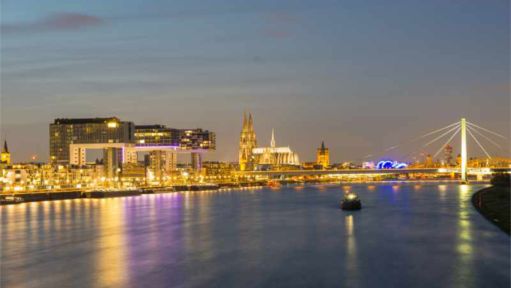
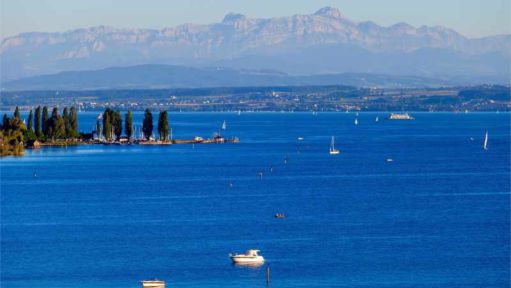
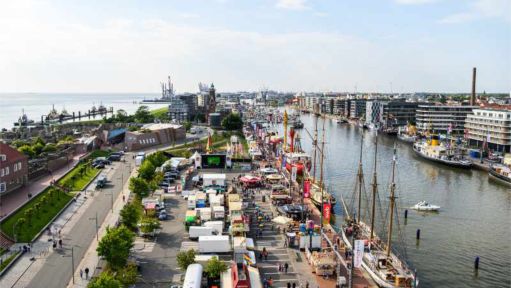
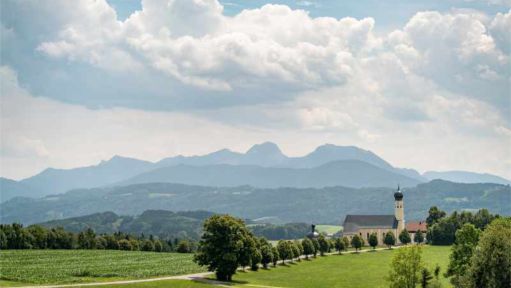


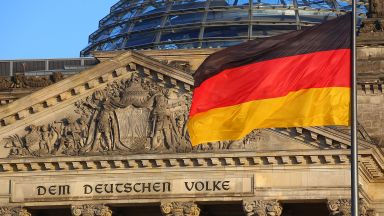
Whether you’re interested in economic regions, research centers, natural landscapes or cultural scenes – here you’re given an overview.
Find out more





